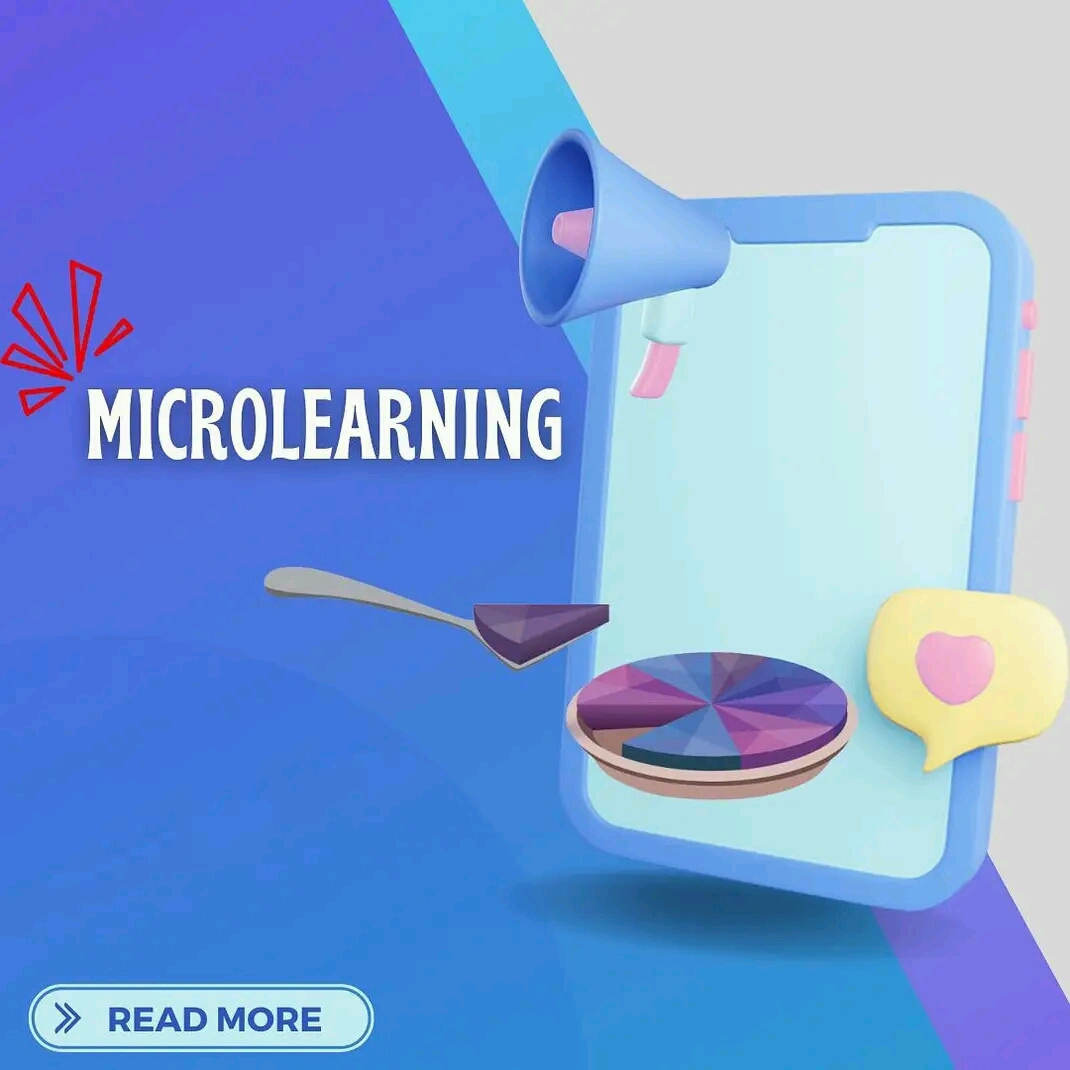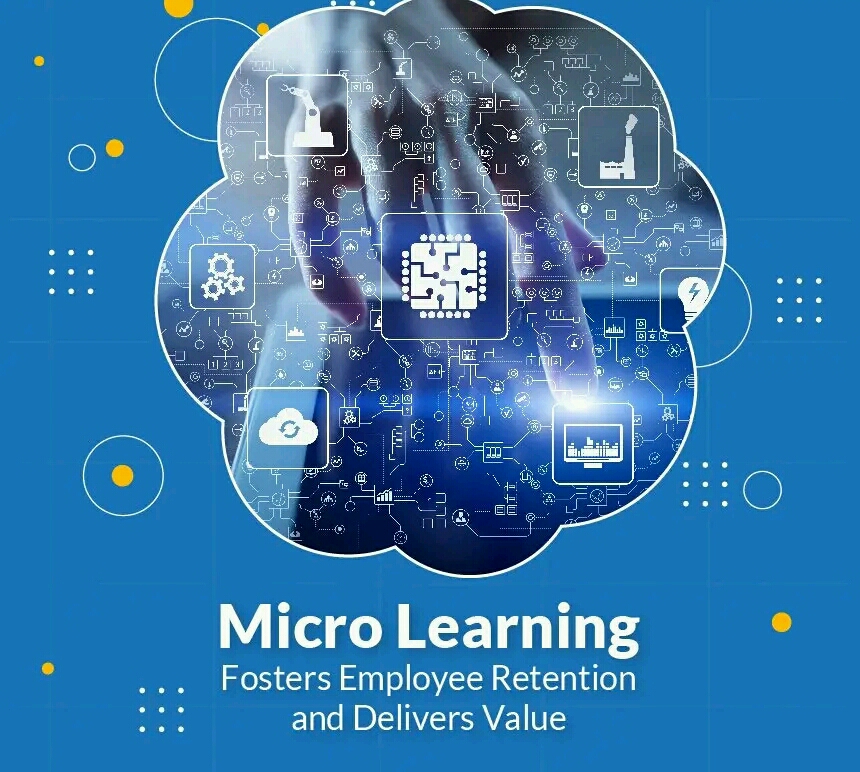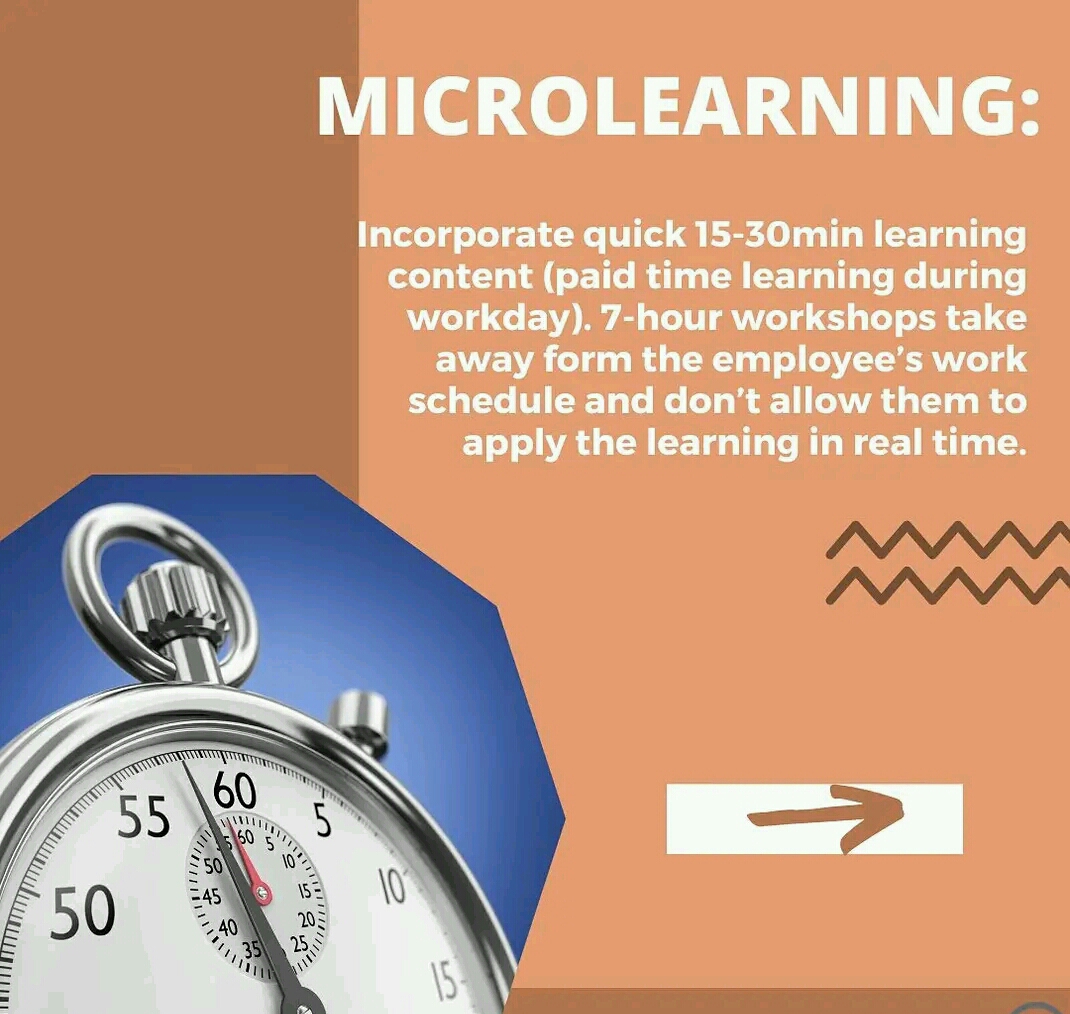How Effective is Microlearning for Full-time Employees?

How Effective is Microlearning for Full-time Employees?
What Is Microlearning?
Microlearning is an effective and efficient way to teach complex topics because it allows learners to break down learning into smaller, more manageable chunks. It also allows learners to focus on the content they need to learn, rather than getting overwhelmed with too much information. Microlearning also allows learners to move at their own pace, as they can take in small pieces of information at a time and review them multiple times if needed.
Microlearning is more engaging for learners because it can be delivered in different formats, such as videos, quizzes, and interactive activities.
Microlearning seems to be a popular new term that everyone is trying to use in his speech and not in practice. This term is being used as a magic wand to boost your skills without putting dedicated time to go through its learning curve. But, is it so? Can microlearning really help you gain new skills without making an effort? What’s all the fuss about microlearning?

That’s exactly what we are going to discuss in this article. However, before getting started, we need to learn what microlearning really is. Is it a strategy, habit, or some tool?
Microlearning is a skill-based approach to learning that focuses on a small set of learning objectives or a single topic and delivers information in small, highly focused chunks. It is important to keep in mind that the human brain is not wired to maintain focus for hours on end. Our brain learns better when the content is delivered in short bursts with the courses well-spaced out to help cement the learning.
Repetition also aids retention. It is the ideal way to find quick answers to specific problems, usually five to seven minutes at a maximum and minimum of one minute. But let me clarify with one thing that there are no hard and fast rules about its length. It is created using video or animation to clearly convey the learning message.
The message is conveyed in an informal manner rather than the traditional formal manner, it can be a bite-sized learning game, simple pdf, self-shot video, video tutorials, audio podcasts, presentations, interactions, scenarios, assessments, text-based job aids, and short online lessons. etc. As data access needs can come anywhere that is why it is mobile friendly.
How Effective is Microlearning for Full-time Employees?

Is Microlearning Effective?
Yes, Microlearning is an effective Strategy to learn a skill. Now, let’s discuss the points due to which I am supporting this context –
In this fast-paced world, nobody has too much time to go into depth like history or theory. The digital natives of today’s workforce prefer learning that is customized to their needs, informal in style, and available on demand. Everyone needs only the crux and microlearning does not include a lot of context or details, because it is not generally used to teach basic knowledge.
It is often found that a person starts learning a skill with excitement but after that Learner disengagement and boredom kill the chances of success in an eLearning program but microlearning creates bite-sized courses that resemble social media content that is on-demand, engaging, and media-rich. It does not include history, background information, or theories.
Moreover, microlearning assumes that each learner is self-motivated enough to seek out and complete the learning they need. According to a survey in 2019, Generation Z and Millennial learners were more in favor of independent and self-directed modes of learning.
Every organization wants employees to be able to quickly adapt to the rapidly-evolving nature of work. For that, gaining new skills and knowledge is an essential part of keeping up with the fast pace of change. Many organizations now have to operate in order to maintain relevance, and ultimately, business success.
It is found that for anyone the information delivered in short, focused chunks is easier to comprehend and recall rather than the learning delivered in a longer, more comprehensive format.
Microlearning supports performing activities and Performing learning activities over time helps transfer knowledge into our long-term memory.
Microlearning is the need of the hour more so because of the way the average modern learner functions in his daily life in the manner, the employee works on a task for about 11 minutes before he is interrupted then engages in multiple short and quick tasks that average about 3 minutes each and then spends just 20 seconds browsing one piece of content before he clicks or flicks through to the next.
It has been found by the organizations that making learning available at the point of need is a seamless way to blend learning into the regular flow of work activities instead of learning in past and applying in the current.
It has proved to be a successful alternative to long-form eLearning courses as it allows students to digest things quickly, multi-task between assignments and meetings, and finally, retain the subject at hand better as it is a more digestible format altogether.
Most of the learning and development professionals have embraced microlearning as a way to create and manage easily consumable content that appeals to trainees.
Microlearning Makes it Easier to Learn on the Go. If microlearning and mobile learning go hand-in-hand in an effective learning strategy.
It is a cost-effective way of learning as with micro eLearning courses, it reduces development costs by 50% and increases the speed of development by 300%
Microlearning improves the focus and supports long-term retention by up to 80% when learning is not reinforced after the training event.
Along with these number of advantages, it has some disadvantages also, but which can be neglected in front of its benefits. It cannot be used to deliver broad, foundational knowledge on any topic. Microlearning is also not a good way to learn analytical skills or explore cause-and-effect relationships. A common misconception is that any course can be transformed into microlearning just by chopping it up into smaller pieces.
However, microlearning isn’t just sliced and diced content. It’s a strategy where independent learning units work for a single purpose and are part of the total learning picture.
Examples of Microlearning that everyone uses are videos, apps like Twitter, games, infographics, social media.

Why does micro-learning work?
In most corporate training departments, offering access to microlearning modules is the main natural step in workforce training. A majority of companies are enjoying the convenience and lower cost than this microlearning brings to staff training for learning a skill and development of the company.
Putting employees in charge of their own learning and delivering it in short bites has many benefits that we have already discussed. Understanding how attention span works, we can see exactly how microlearning can re-engage learners.
Conclusion
Microlearning provides employees with easily-digested bites of information or instruction that can be immediately applied to a task or project.
Microlearning has never been easier with our fully customizable materials. Select relevant modules and distribute accordingly. Microlearning has been proven to improve focus and retention and could be the ideal approach for upcoming generations.
SEE ALSO : 9 SOCIAL MEDIA APPS THAT PAY YOU FOR YOUR CONTENT
Hope this post on How Effective is Microlearning for Full-time Employees helps?
Comments are closed.